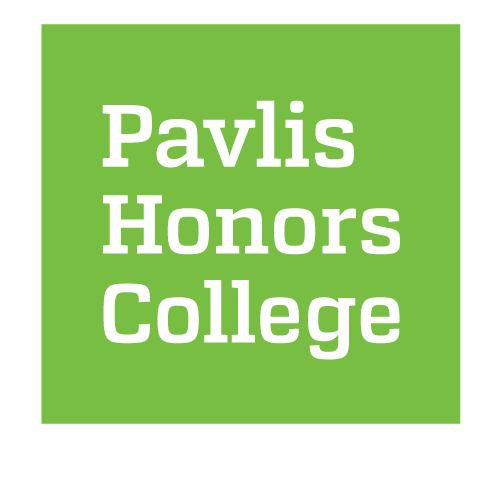By Dr. Will Cantrell, former SURF coordinator
You may want to read through some or all of the example proposals listed below. All of them were successful SURF proposals. (And they kindly gave me permission to use their proposals as examples.)
You have two pages to make a compelling case that you should be funded. In that space, you have to:
- Introduce the topic. Don't assume that everyone knows why, using an example from my own research, it's important that we know which aerosol particles in the atmosphere will be effective ice nuclei.
- Introduce the specific question you will address.
- Explain how you will attempt to answer the question you have posed. You must do this in enough detail that someone who is an expert in your field can evaluate what you are proposing to do.
You should use most of the two pages to talk about what you will do. The Introduction is necessary and important, but you aren't writing a review of what's been done – you are trying to convince reviewers that you have a good idea and that you are capable of carrying it out.
Be specific. Don't just claim that you are going to investigate heterogeneous ice nucleation. What, specifically, about heterogeneous nucleation will you investigate? In one of my first proposals as a new faculty member, I put forward the following hypothesis: ". . . the efficacy of the organic films as ice nucleating agents lies in their ability to accommodate a portion of the strain which arises at the water-film interface as the ice embryo forms." That is specific and testable, though in looking back over the proposal I see that I never explicitly stated how I would detect the strain in the organic film. (I should have.)
Be even more specific. In my case, I specified what organic compounds I would use and why I chose them. I also described in some detail how I would make the measurements and how I would interpret the data. The proposals above are quite specific.
Use a figure or diagram. A picture is worth (more than) a thousand words. There is no substitute for this. As a corollary to this premise, don't use a figure unless you talk about it in the text. And provide a detailed caption. Use the caption to re-emphasize important points.
And finally, a word of caution. Your faculty mentor may provide you with material to review as you write your proposal. That may include proposals that she or he has written on a very similar topic. You may, of course, use that material as you develop your proposal, but, in the end, the proposal you submit to SURF should be your own.
A few miscellaneous points:
- Many funding agencies do not have a strict format for their proposals. You are free to call the sections what you wish. (Caveat: Read the solicitation! Some programs do have strict proposal guidelines and they will return the proposal without review in some cases if you violate it.)
- The requirements for references are not as stringent for proposals as they are for journal articles. (Caveat: Again, some funding agency may require a particular format.) If the format is not specified, you could, for instance, use numerical superscripts to save space. The only requirement is that the reviewer should be able to find the source, given the information you provide.
- Do not exceed the page limit. I will instruct reviewers not to consider anything past two pages.
